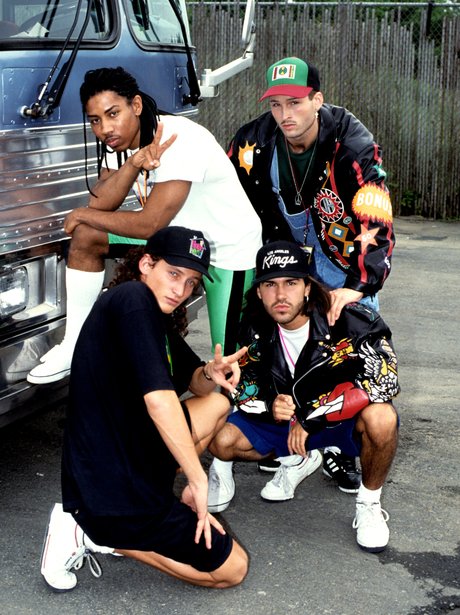

“I Wanna Sex You Up” wasn’t the first song of its kind, but with its sighing backup vocals and its softly insistent Slick Rick and Betty Wright samples, it set the table for much of what would follow in the years ahead. (It’s also got a very funny line about “we can do it till we both wake up,” so maybe Color Me Badd didn’t understand how sex works.) That combination of elements, we’d soon learn, would become one of the dominant radio sounds of the ’90s.Ĭolor Me Badd referred to their sound as hip-hop doo-wop, and that style, minus the goofy name, would power seduction jams for the next decade. The title is silly and horny and extremely memorable, and there’s a funny disconnect between the couch-humping lyrics and the feathery, angelic delivery of the Color Me Badd boys.

It’s a breezy little R&B jam that nods in the direction of rap music without including any actual rapping. “I Wanna Sex You Up” landed at the exact right moment. If you remember Color Me Badd, then you probably remember them as the guys with the carefully-sculpted facial hair who sang “I Wanna Sex You Up.” That’s their legacy, but that’s not what the charts tell us. Consider the case of Color Me Badd, the multi-racial Oklahoma City R&B vocal group with the extremely funny name. But sometimes, those numbers don’t line up with lived experience. The team at the magazine hones formulas and crunches numbers, and they’ve got a whole evolving methodology to figure out the most popular song in America during any given week. The Billboard charts aim for some kind of objectivity. In The Number Ones, I’m reviewing every single #1 single in the history of the Billboard Hot 100, starting with the chart’s beginning, in 1958, and working my way up into the present.


 0 kommentar(er)
0 kommentar(er)
